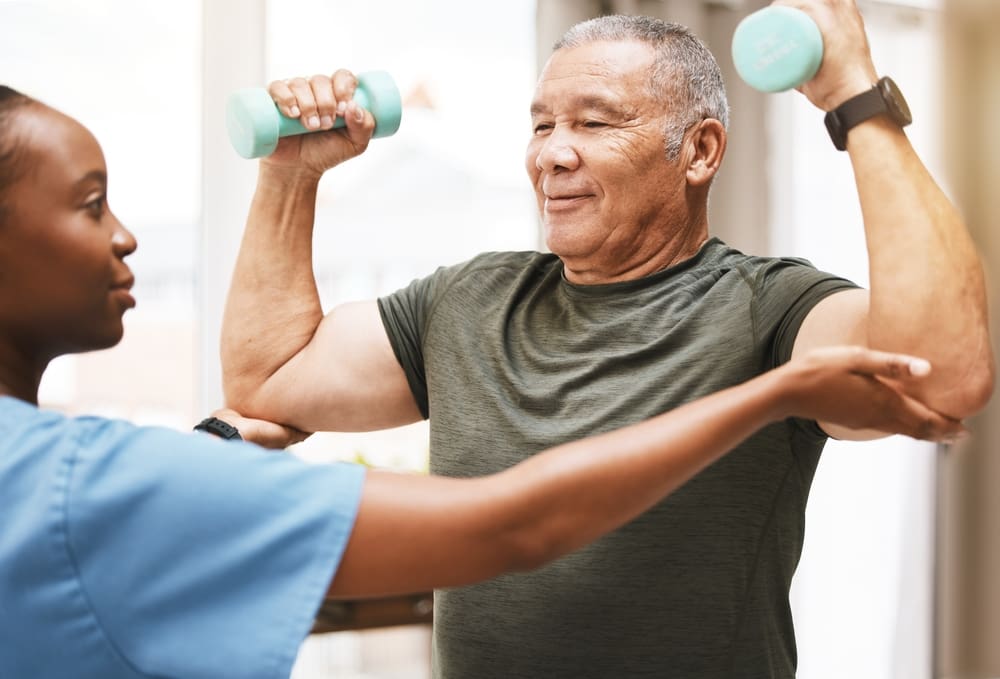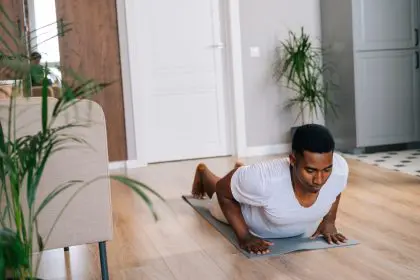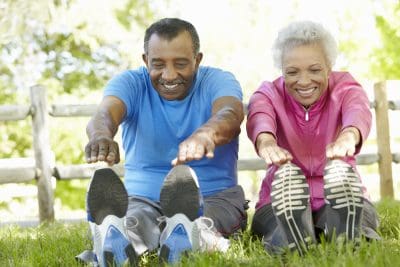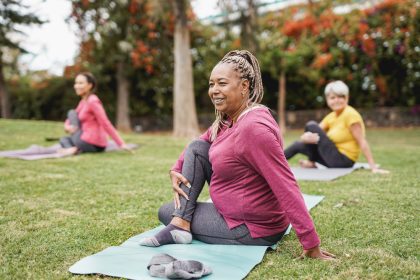Balance forms the cornerstone of physical independence, yet it often goes unnoticed until it begins to decline. As we age, our body’s balance systems – from muscular strength to inner ear function – naturally become less efficient. This gradual change affects daily exercises and increases fall risks, making balance training essential for maintaining quality of life.
How balance impacts your daily life
The ability to maintain steady balance influences every aspect of daily living. From walking up stairs to reaching for items on high shelves, good balance ensures safe movement and independence. Recent research reveals that adults who maintain strong balance capabilities remain more active, social, and independent throughout their later years.
Inside your body’s balance system
Balance requires intricate coordination between multiple body systems. The inner ear’s vestibular system detects head position and movement. Meanwhile, vision provides crucial environmental information, while muscles and joints offer constant feedback about body position. Age-related changes in any of these systems can affect overall stability.
Static balance training fundamentals
Static balance exercises focus on maintaining steady posture without movement. Begin with simple standing exercises near a stable support, like a sturdy chair or counter. Practice standing tall with feet together, progressing to standing on one leg as stability improves. These foundational exercises build confidence and core strength.
Dynamic balance for real-world stability
Dynamic balance training introduces movement while maintaining control. Walking heel-to-toe in a straight line mimics situations requiring precise foot placement. Side-stepping exercises enhance lateral stability, crucial for navigating daily obstacles. These movements directly translate to improved function in everyday activities.
The power of strength and flexibility
Maintaining balance requires more than just stability work. Building strength in key muscle groups provides essential support for joints and bones. Gentle leg lifts strengthen hip stabilizers while improving single-leg balance. Calf raises enhance ankle strength, crucial for steady walking and standing. Regular stretching maintains joint flexibility, allowing smoother, more controlled movements throughout daily activities.
Making balance training part of daily life
Balance improvement doesn’t require complex equipment or special facilities. Simple activities integrated into daily routines create lasting change. Try standing on one leg while brushing teeth or practicing heel-toe walking while waiting in line. These small moments add up to significant improvements over time.
Safety first: Creating the right environment
A safe practice environment prevents accidents during balance training. Clear spaces of obstacles and ensure adequate lighting. Position yourself near sturdy furniture or walls for support when needed. Wear comfortable, supportive shoes that provide good ground contact and stability.
The mind-body connection in balance
Mental focus plays a crucial role in balance maintenance. Practicing mindfulness during balance exercises enhances body awareness and reaction time. This improved mind-body connection helps prevent falls by allowing quicker responses to unexpected situations.
Building confidence through progression
Starting with basic exercises builds both physical capability and mental confidence. As stability improves, gradually increase challenge levels by reducing support, closing eyes briefly, or adding gentle head movements. This systematic progression ensures safe advancement while maintaining motivation.
Social aspects of balance training
Group balance classes offer both physical benefits and social interaction. Exercising with others provides motivation, accountability, and shared learning experiences. Many community centers now offer specialized balance programs designed specifically for older adults.
The role of regular assessment
Tracking progress helps maintain motivation and identify areas needing attention. Simple self-assessments like timing single-leg stands or measuring walking speed provide concrete feedback about improvement. Regular evaluation also helps adjust exercise selection and intensity for optimal results.
Weather considerations and seasonal adaptations
Balance training needs vary with seasonal changes. Winter conditions require extra focus on stability for navigating slippery surfaces. Summer allows outdoor practice on varied terrain, naturally challenging balance systems. Indoor alternatives ensure consistent practice regardless of weather.
Long-term benefits beyond fall prevention
While fall prevention remains crucial, improved balance offers numerous additional benefits. Better posture reduces back pain and breathing difficulties. Enhanced stability allows continued participation in favorite activities and hobbies. Maintained independence supports overall quality of life and mental well-being.











